This question of what is a good lens for portraits is often asked by new photographers when they are deciding to choose and buy lenses for portrait photography. It’s a tricky question because the answer is subjective. It depends on your budget, the style of photography you are going to shoot, the focal and aperture of the lens, and the sensor size of your camera body. Let’s start by exploring some of the things you need to think about when choosing the perfect portrait lens and try to answer these questions.
How much money are you willing to spend?
Of course, it is a prime consideration but, as with most things, good quality lenses cost more. More expensive lenses usually produce sharper images with less flare. The construction quality is better and has better or quieter autofocus mechanisms. Bear in mind that good camera lenses should last decades, and sometimes spending more upfront is beneficial in the long run.
What is your favorite portrait photography style?
There are some basic portrait styles; they mainly depend on where your subject is placed with respect to the camera, and the focal length of your lens. Knowing what is your frequently used portrait style, might help you define the useful focal length of your lens. The three basic portrait styles are:
-
The Head Shot
In this composition, you will have the subject head, and usually the shoulders in the frame. Generally speaking, you are looking to get the eyes as the main focal point and blur out the background, so that there are no distracting elements.
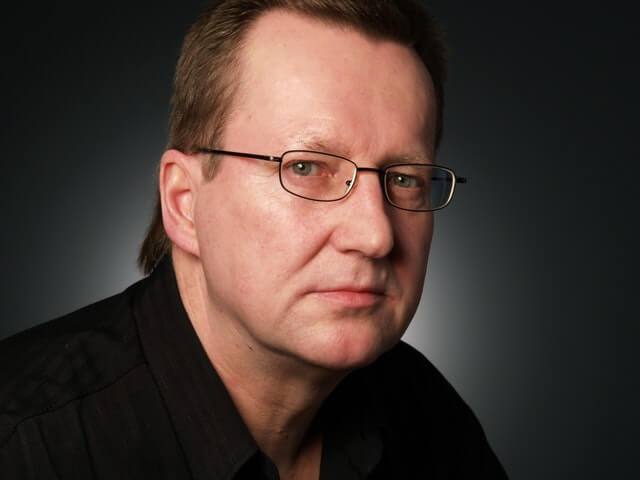
-
The half-body shot
This composition frames the half body of the subject including the head down to his/her waste.
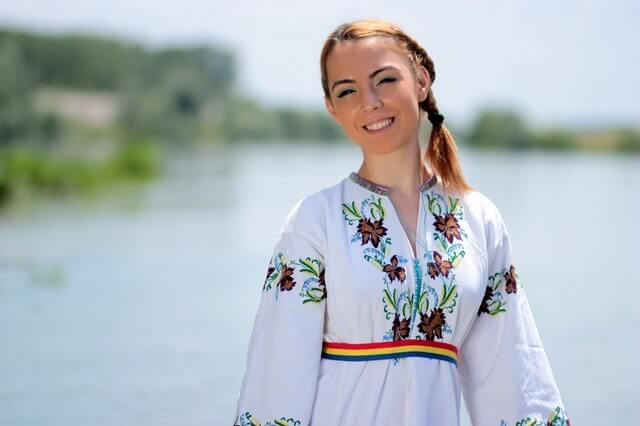
-
The Full Body Shot
When shooting a full-body portrait you may choose to show more of the environment in a full body shot, to give a sense of place and context.
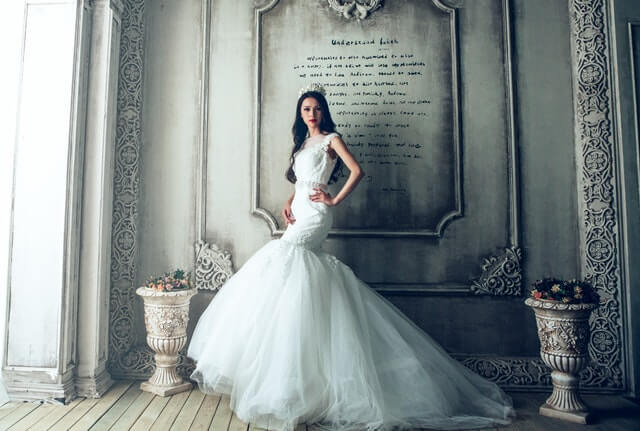
Zoom VS Prime lens
-
Zoom lenses
Zoom lenses come in a variety of focal ranges (such as 24-70mm, 70-200mm, etc.), making each lens extremely versatile. Zoom lenses make it easy for you to take a wide variety of photos without ever having to switch out your gear.
-
Prime lenses
They have fixed focal lengths (24mm, 35mm, 50mm, etc.) and provide superior clarity and image quality. What they may lack in versatility they make up for in performance. They are also typically smaller and lighter to carry around than a zoom lens. Many professional portrait photographers prefer primes due to the sharp, beautiful images they create.
What is the best focal length for portraits?
One of the first things you will need to decide is what focal length is right for your needs. The best focal length for portrait photography depends on many things, including the available space where you will be shooting, the number of people in the frame, how much of the nearby environment you want to include, and how close you want to be to your subjects. Focal lengths from 35mm to 200mm are common for portrait photography, depending on the subject, style, and preferences of the photographer.
-
Focal length and Angle of view
Lens manufacturers often publish the term “angle of view” or “maximum angle of view” in lens specifications, because they define what the lens is capable of seeing in degrees.
The angle of view of a photograph or camera is a measure of the proportion of a scene included in the image. Simply said: How many degrees of view are included in an image. A typically fixed lens camera might have an angle of view of 50°, a fisheye lens can have an angle of view greater than 180°.
Rather than discussing specific focal lengths, it’s easier to split lenses up into four categories. Once you’ve figured out what category of lens you’re interested in, and whether you would prefer a prime lens or a zoom, you can investigate which models are available for your camera.
-
Focal length and camera sensor size
It is also important to know that the effective focal length depends also on the sensor size of your camera. It is important to know that a 50 mm lens will give a narrower field of view on a crop sensor camera, similar to the 75 mm lens on a full-frame camera. To calculate the equivalent focal length of a lens when mounted on a crop sensor camera, take the focal length of the lens and multiply it by the crop factor, you will get the equivalent focal length.
To fully understand the focal length of lenses, I also recommend reading my post >> What Is Focal Length<<

The four-lens categories that can be used in portrait photography:
-
Wide-angle lens
Wide-angle lenses are good for environmental portraits, and full-body portrait where you keep your distance a little from the subject and include their surroundings. They are generally not as good for close-up portraits as they distort your subject.
-
A normal lens
It is the one with a focal length equivalent to around 50mm on a full-frame camera (that’s around 75mm on an APS-C camera). You may have read that these lenses give a similar perspective to that of the human eye. These lenses are interesting for portraits, occupying the middle ground between wide-angle and short telephoto lenses. They can be used for close-up portraits, although not completely without distortion.
-
Short telephoto lenses
These lenses are often called portrait lenses because they are an ideal focal length for taking flattering photos of people. You can move in close and take images without distortion, or step back and include the entire figure without moving so far away. A 70mm or 80mm on a crop sensor camera or a 105mm on a full frame are considered ideal for portrait photography. If your short telephoto is a prime lens, you get the added benefit of wide apertures. Best of all these lenses, especially primes, tend to be reasonably priced.
-
Telephoto lens
A long focal length can be a great choice for portrait photographers as it compresses the perspective. This can often be more flattering for your subject. It’s also easier to create a blurred background with a telephoto lens, so if you’re also using a wide aperture such as f/2.8 you can get stunning results, as the blurred part of the image can often also look lovely. The downside of telephoto lenses is that they tend to be more expensive than shorter focal lengths, especially if you’d like the one with a wide maximum aperture. There are plenty of relatively inexpensive lenses, especially zooms, in the 100 mm-200 mm range.

What is the best aperture for portraits?
The choice of the aperture of a lens depends on how you are going to compose your photo:
If you want a blurred background, but keep only your subject sharp. A wide aperture such as f/4 or f/2.8 will create a shallow depth of field. This means that the areas before and beyond the point of focus that also appear sharp will be very small. You’ll need to make sure your focus is tack-sharp as it’s unforgiving. The wider the aperture of the lens is, the shallower depth of field is.
Using an aperture of f/8 (or something fairly close to that) can give you the best of both foreground and background around the focus point. There’s usually a narrow enough depth of field to create a sense of separation from the background, and focus is more forgiving, while you’re less likely to have to compromise on shutter speed or ISO.
If you want that everything looks sharp in the photo, you may use a smaller aperture. A very small aperture, such as f/22, is great if you want other objects in your frame to also appear in focus.
Portrait Lens and Bokeh
One of the hallmarks of a good portrait is the quality of the background blur, which enhances your subject’s isolation from the rest of the photo’s elements. To achieve this, you need portrait photography lenses with wide maximum apertures (at least f/2.8 or so) and defocusing controls that allow you to control the rendering of out-of-focus areas. This will give your portraits a shallower depth of field, as well as attractive, creamy bokeh.
There is a special type of bokeh that gives an amazing look, it is called swirly bokeh. you may check the previous link to know more about this bokeh type and the lenses that are capable of producing swirly bokeh.

This post summarizes the factors that should be considered when choosing a suitable lens for your portrait photography. Also, this post is part of a series of three posts about portrait photography lenses. The second one is about Best Lens for Portrait Photography-Third party lenses. The third post is about Best Canon Lens for Portrait Photography.
Thanks for reading, I hope you enjoyed the article if you have any questions just post them below & I will be happy to answer you.
All the used photos are from Pexels
If you enjoy the site, don’t forget to subscribe, we will only inform you when a new article is posted.

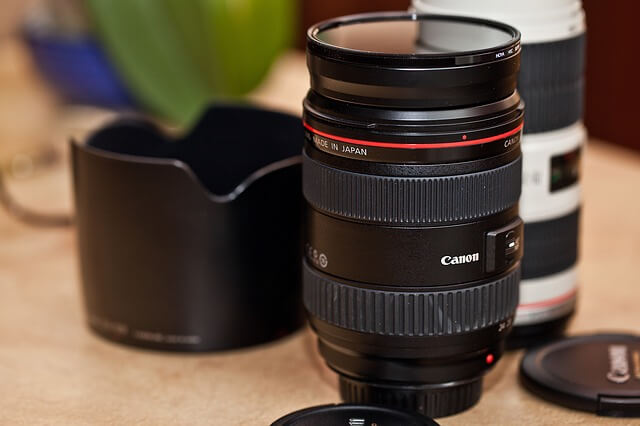





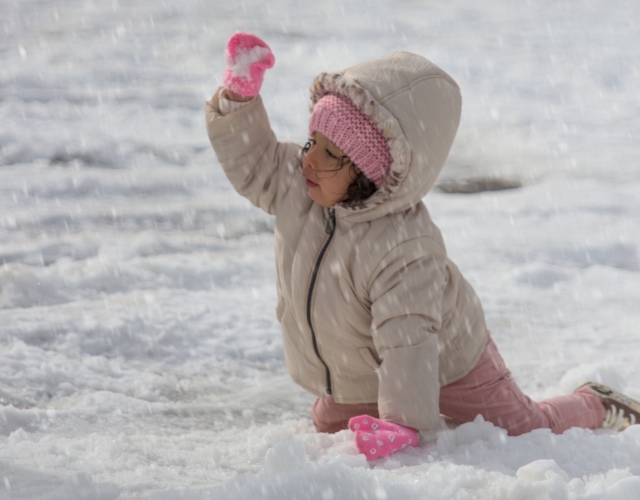
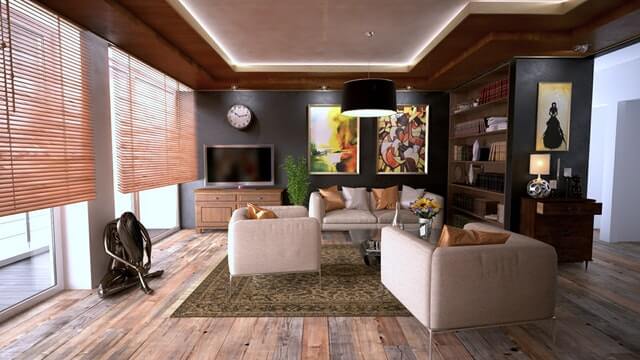
Hey Amin,
thanks for such informative article, I truly found it to be very helpful and I’ve also enjoyed reading it and learning a lot of new things today! Going into this article I didn’t know that lenses are separated in to 2 different groups- Zoom lenses and Prime lenses. If I would be the proffesional photographer I think I would definitely choose Prime lense as it provides a superior image quality by delivering that greater image clarity and detail, which in my eyes is far more important that having a more versatility which Zoom lenses provide. It was also very interesting to discover and learn more in-depth about each lens category. As a person who absolutety loves spending time outside in the nature, Wide-angle lens would suit me the best, because it would allow me to capture big environments portraits, including their surroundings from a greater distance. This combination would make for some very gorgeous, rich and vivid landscape photos!
Keep up the great work Amin and best of luck to You!
thanks for your nice comment and glad you find it useful.
As an aspiring niche producer in photography, I found this article to be priceless. Since I want to build a career in photography, the skills highlighted will be used to make a breathtaking photos. The power of the lens is critical a critical feature in chosing a camera too. Thanks for sharing.
This is awesome!
I’m a novice photographer and just finished my first big event today. I was happy to go home and find that many of my shots were great. But I felt like such an amateur when I realized that those cool stylized shots with my subjects head “slightly” turned revealed why I shouldn’t have been shooting with my aperture wide open. Their eyes weren’t in focus with one another. I already knew if I was shooting multiple subjects I had to adjust my f. But I didn’t think that even a slight head turn would produce such dramatic results at f 1.8.
Well done for your work and keep up the good job.
Have a nice day,
Leo
Thanks for the comment, wish you success
From your post, I understand that Short telephoto lenses are the best lenses for a portrait. I have a normal lens and I am thinking of investing some money in purchasing a short type of lens. Do you have any brand you would suggest that is not too expensive since I am at the beginning of my photographic career?
Thanks for the comment, I recommend Canon EF 85mm f/1.8 USM
It is relativly cheap!
What more can I ask for? This is really a great and wonderful post. When I started Photography I was lucky to meet with the big wigs of the Industry that gave me tips on picking the best lenses for my shoot but they really left the fact that I really had to consider my pocket, they talked based on profession. But I found the main tips here today and as a budding photographer I’ll work strictly with these tips whenever I want to get a new len. Thank u
Thanks